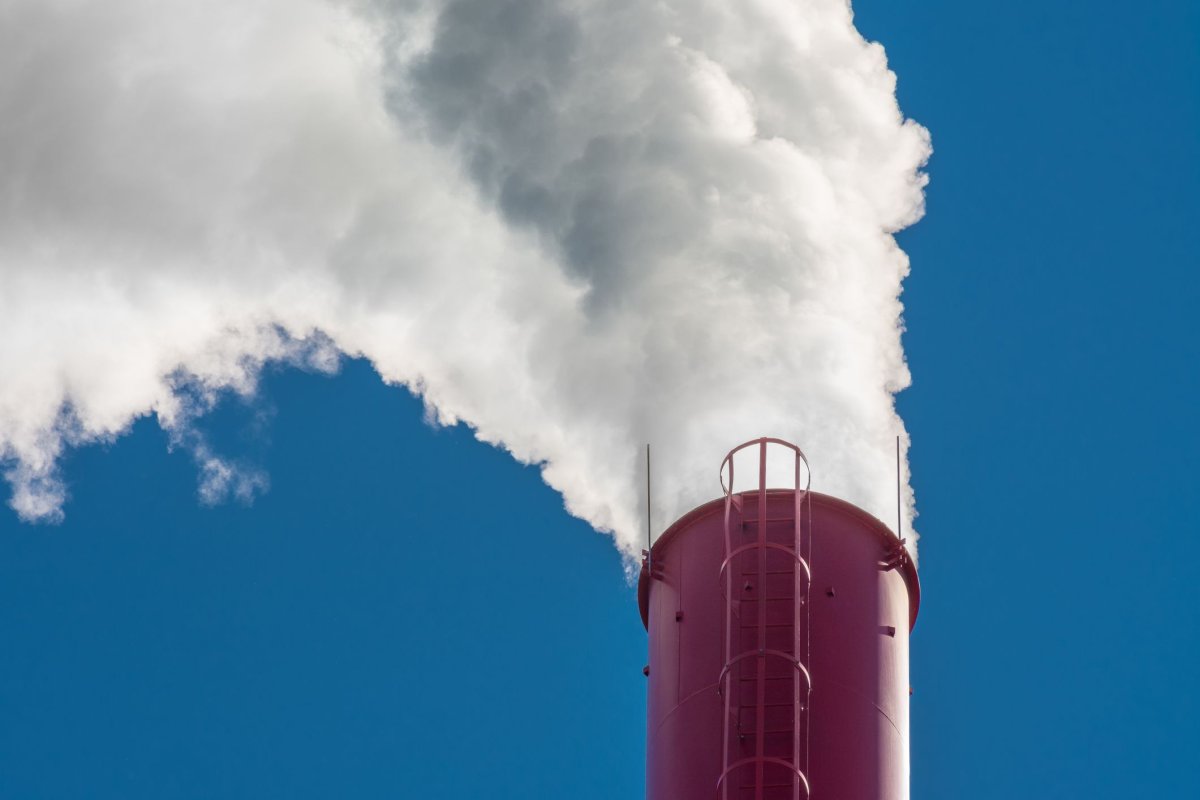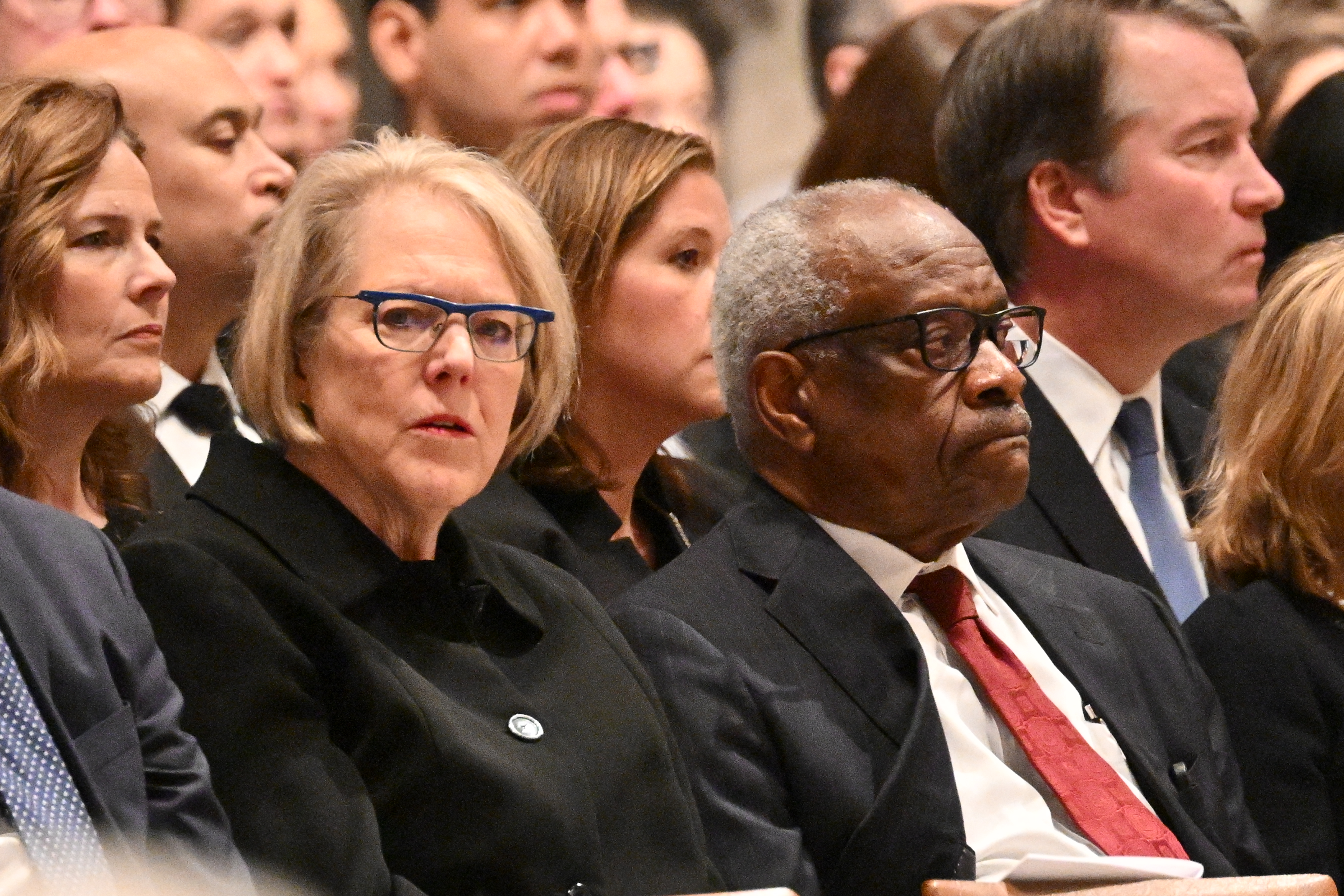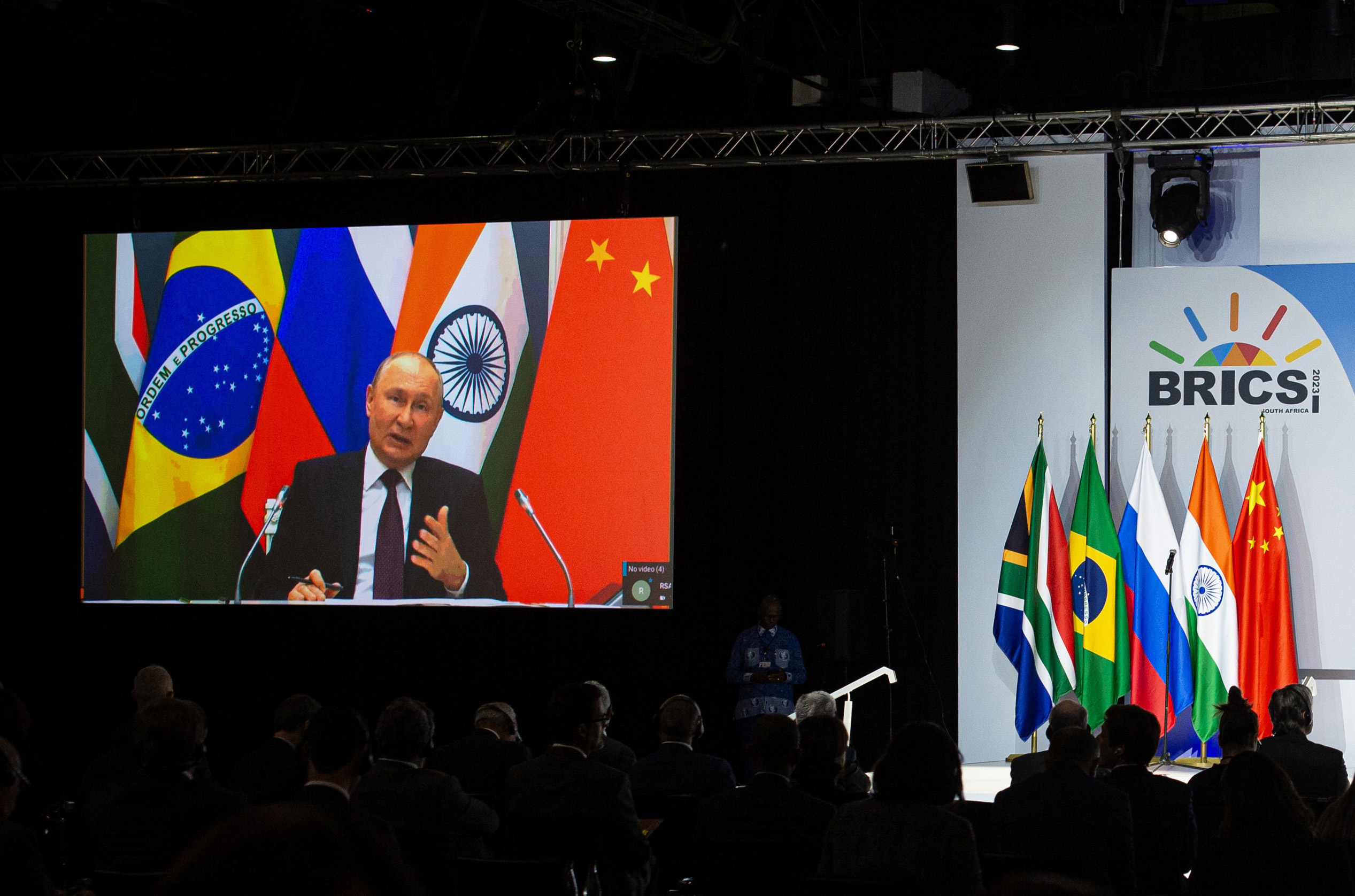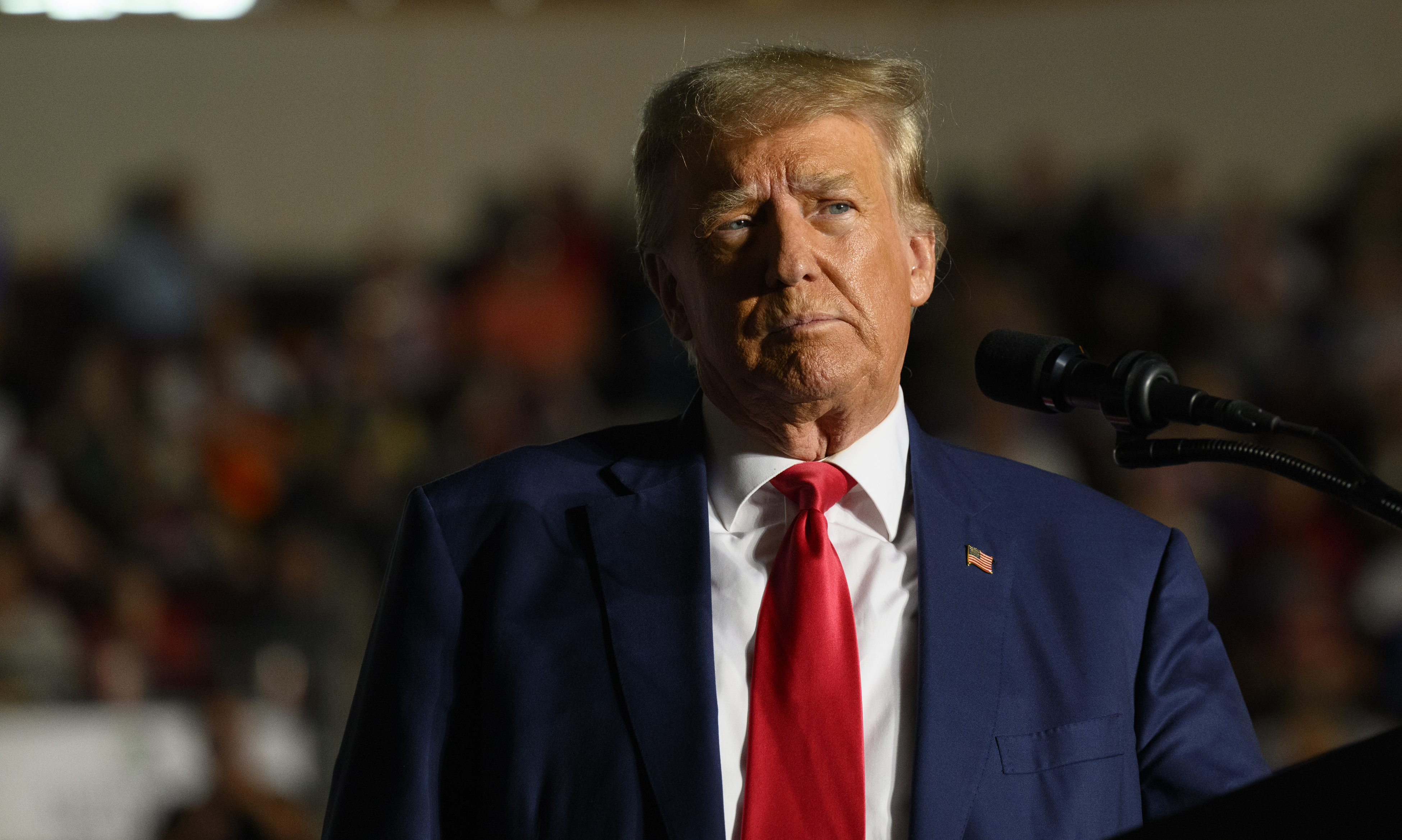In May, scientists reported an unexpected rise in ozone-depleting emissions, in an article published in Nature journal. Someone, somewhere, they suspected, was releasing banned CFC-11 into the atmosphere.
Now, journalists at The New York Times think they've narrowed down the suspects. The outlawed gas, the newspaper reports, likely comes from several factories in China.
Chlorofluorocarbons (CFCs), once commonly used in refrigerators and aerosol sprays, eat away at the Earth's vital ozone shield. This protective layer blocks much of the sun's dangerous ultraviolet rays. As these powerful invisible rays break down CFCs, they release chlorine particles that feast on ozone and create holes in the Earth's shield.

The Montreal Protocol of 1987, widely considered one of the most successful international treaties ever signed, was supposed to phase out use of CFCs by 2010. But if rogue production continues, it will threaten that success, Stephen Montzka, National Oceanic and Atmospheric Administration (NOAA) scientist and Nature study author, said in a statement back in May.
Read more: Someone's producing a banned ozone-eating chemical—but no one knows who
Traders and experts in China told the Times that small factories were still producing the banned chemical in spite of recent environmental reports and crackdowns in a number of regions.
"When nobody is watching, they can make some, or when they get an order—an underground order—they can also produce it," Liu Le, a refrigeration expert in Shandong Province, told the publication. "They produce for a while until they're discovered, and then move on."
Interviews, the Times added, showed that many Chinese traders were unaware of safer alternatives to CFC-11, or did not want to upgrade their equipment to use them.
May's Nature paper stated that scientists suspected the rogue emissions were coming from eastern Asia but didn't know for sure. Now, evidence gathered from independent organization the Environmental Investigation Agency (EIA) seems to support their suspicion.
Read more: The ozone layer isn't healing after all—and depletion may be more harmful than ever
"The Montzka paper presents one of the greatest environmental crime mysteries in modern history," Alexander von Bismarck, executive director of environmental watchdog organization the Environmental Investigation Agency (EIA), said in a comment emailed to Newsweek. "The scale of this environmental crime is devastating with massive potential impact on the climate and the ozone layer."
The EIA pinned down a number of companies using CFC-11 using evidence from surveys and sources on the ground, von Bismarck wrote. The organization found eight factories in China using CFC-11 to make foam, the Times reported.
"Our findings and other well-placed sources in the Chinese chemical industry strongly suggest that this is a wider practice, and could explain the majority of the rogue atmospheric emissions found in the study," said Avipsa Mahapatra, EIA climate policy lead, in an emailed statement. "It is outrageous that industrial climate-killers banned several years ago continue to be produced, used and emitted at this scale, in an industry where better technology is easily available."
"We've given our evidence to the Chinese government, and as shocking as it is, thanks to the Montreal Protocol, there is a mechanism to stop these and other atmospheric super-pollutants," von Bismarck said.
All life on earth depends on the #ozone layer. Outrageous that this banned chemical is being used in direct violation of the the ozone treaty, the #MontrealProtocol. Silver lining: by exposing the source of these chemicals we expect immediate enforcement action in #China #climate https://t.co/H0eHvE2TWv
— Avipsa Mahapatra (@avipsa_m) June 25, 2018
Uncommon Knowledge
Newsweek is committed to challenging conventional wisdom and finding connections in the search for common ground.
Newsweek is committed to challenging conventional wisdom and finding connections in the search for common ground.
About the writer
Katherine Hignett is a reporter based in London. She currently covers current affairs, health and science. Prior to joining Newsweek ... Read more
To read how Newsweek uses AI as a newsroom tool, Click here.








